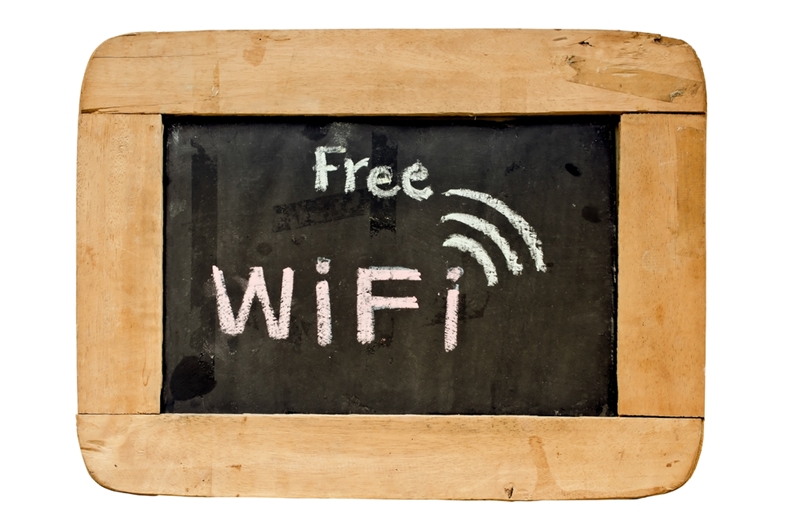Proximity marketing has the potential to drastically improve outreach and engagement for nearly any type of organization by providing an easy way to attract nearby potential customers. Tools like beacons send out notifications to mobile devices within a specified range, allowing the user to see whenever there's a deal or promotion close by. That is, provided the user has opted in to receive those alerts.
That's a crucial step: Without opting in, these beacon alerts will come off as spam, phishing attempts, or some other invasive nuisance, if they reach the customer at all. In an ideal world, consumers would agree to receive alerts from the stores or companies they frequent the most. But therein lies the problem - how does an organization convince new, uninitiated consumers to sign on for beacon alerts? To improve proximity marketing engagement, consider these two strategies:

1. Free WiFi makes for a tempting offer
When a customer walks into a restaurant, shop or some other place of business, sometimes the organization will offer an email opt-in, ask the customer to join the mailing list, or fill our a survey before he or she leaves the store. These offers are often met with a "Thanks, but no thanks." However, when the organization provides something in return for opting in, usually the patrons will listen.
That's exactly what some companies are considering: providing customers with an access code for free WiFi in exchange for enabling beacon notifications on their devices. Free WiFi is a valuable commodity these days, so the organizations that make this offer gain two advantages - a new beacon user and a reputation for having free Internet access for a minimal exchange. Measures like these improve engagement without compromising reputation or requiring a massive budget.
Consider the impact this could have on, say, restaurants, coffee shops, or bars. No one would turn down a free WiFi connection because of a beacon notification opt-in - it's a small price to pay for free WiFi.
2. An alternative to the iBeacon
One of the well-known beacon platforms is Apple's iBeacon - something that is effective for both Android and iPhone users. That's important, because in September 2015, Google announced there were over 1.4 billion active Android devices, representing a large, important market of potential consumers. However, iBeacon is just one option for proximity marketing devices.
In July 2015, Google launched Eddystone, an open-source beacon platform to offer an alternative to iBeacon. Because the platform is open-source, that means it will have a broader functionality than other beacon platforms. For example, notifications from Eddystone beacons include a URL rather than a Universally Unique Identifier (UUI), which makes it easier for users to access information and doesn't require a specific app.
This development shows the other side of engagement - not through marketing or special offers, but through infrastructure. Beacon technology is still relatively new, which means updates will be frequent over the coming years. When a new platform emerges that can send alerts to a broader audience, organizations should pay attention.
We can't stress enough how important it is to make this engagement consensual. Nobody wants to get random notification from someplace they've never heard of, but if it's a company he or she already loves, those notifications would be quite welcome. By engaging potential new consumers first and procuring a voluntary opt-in, organizations set themselves up for a stronger, longer-lasting relationship. For more on how to integrate beacons with your place of business, contact Digital Social Retail.






